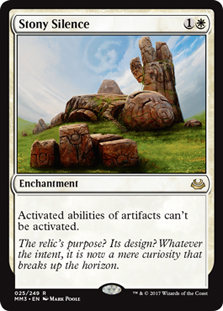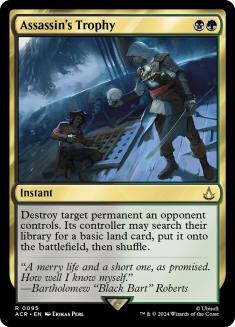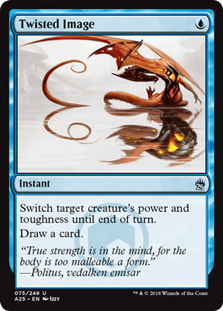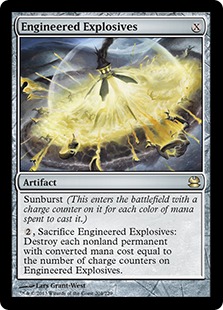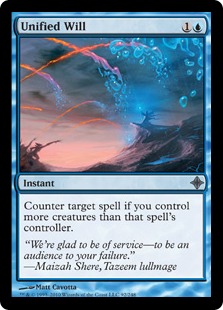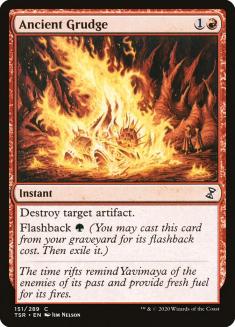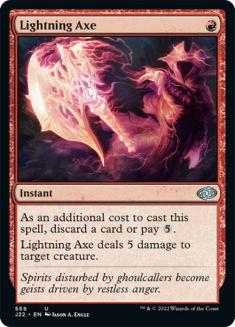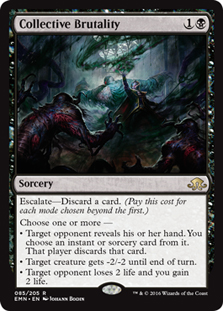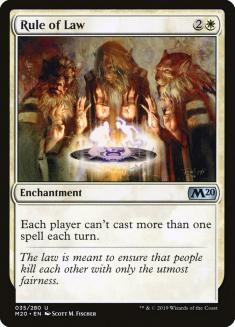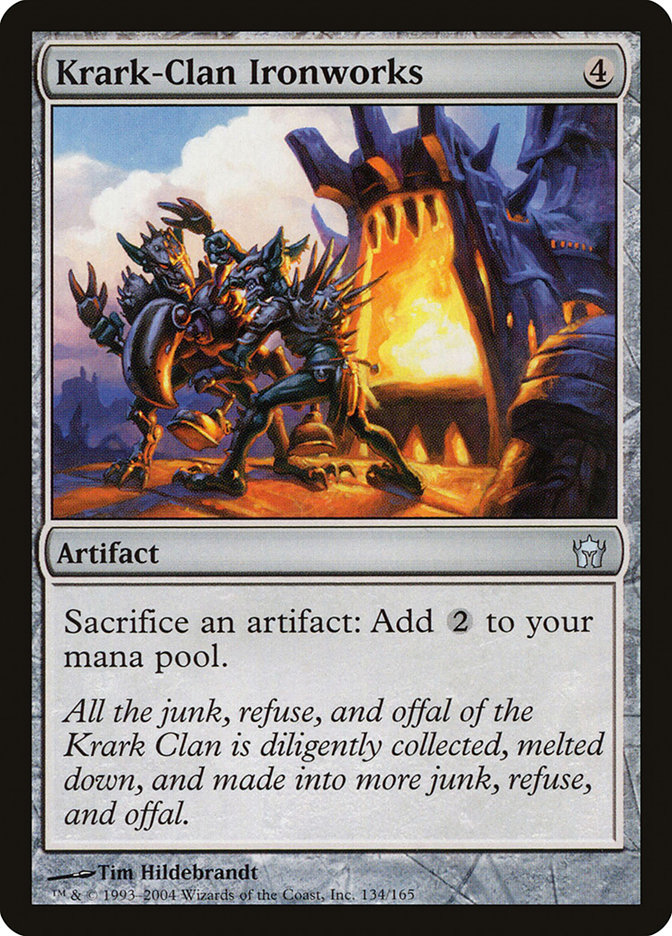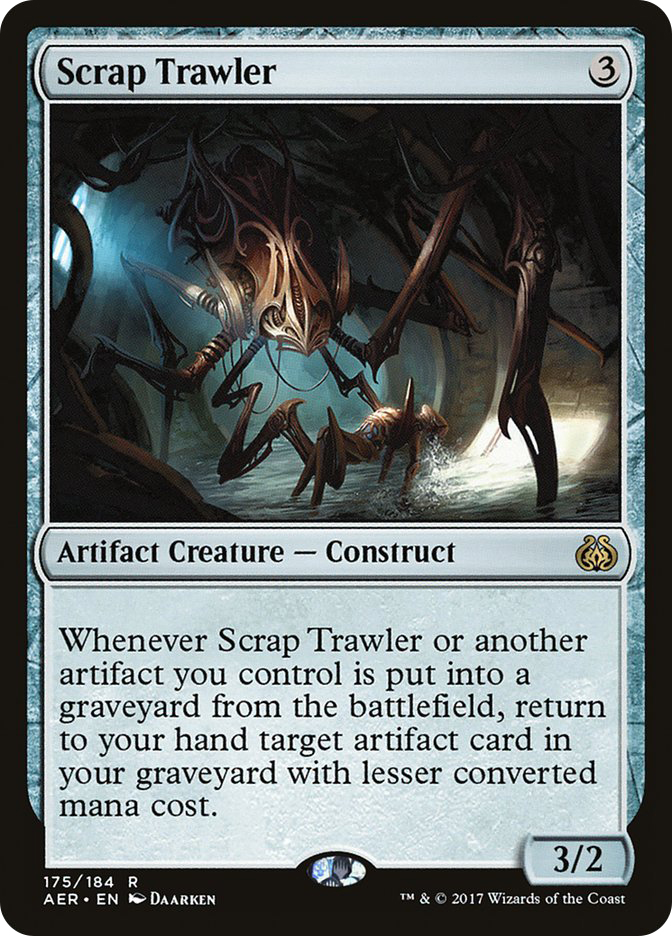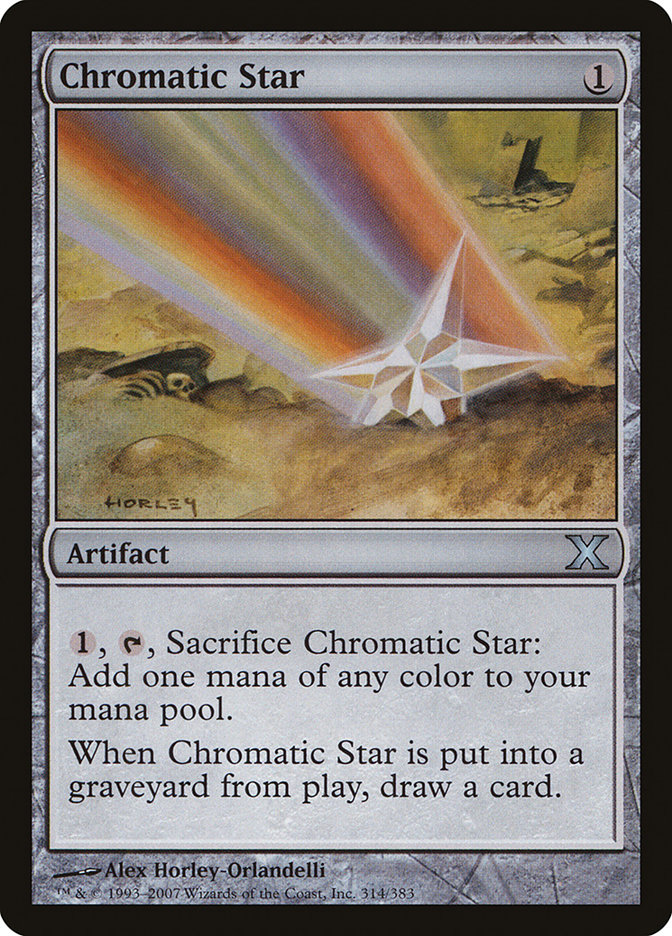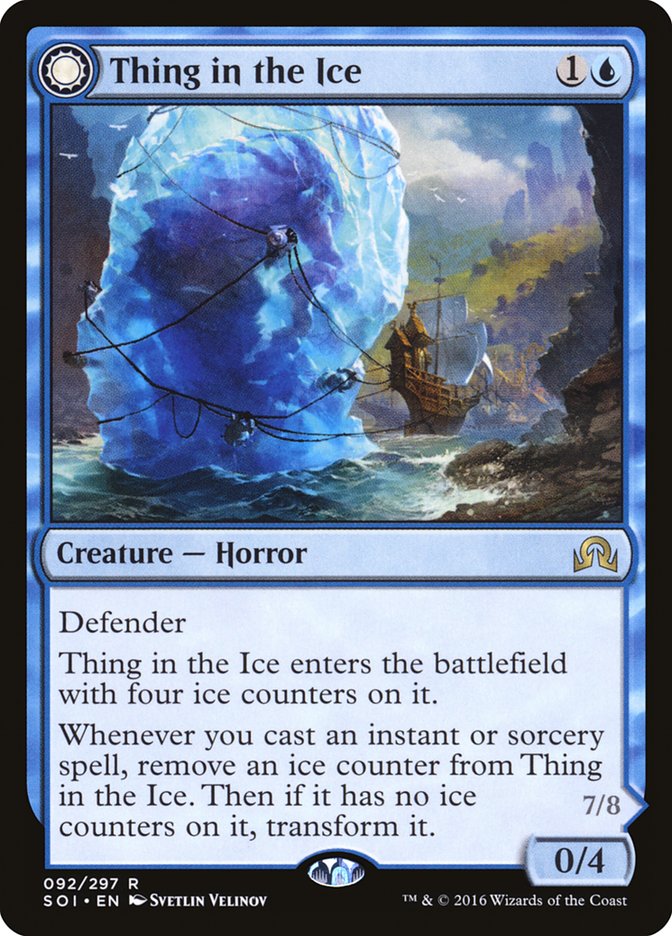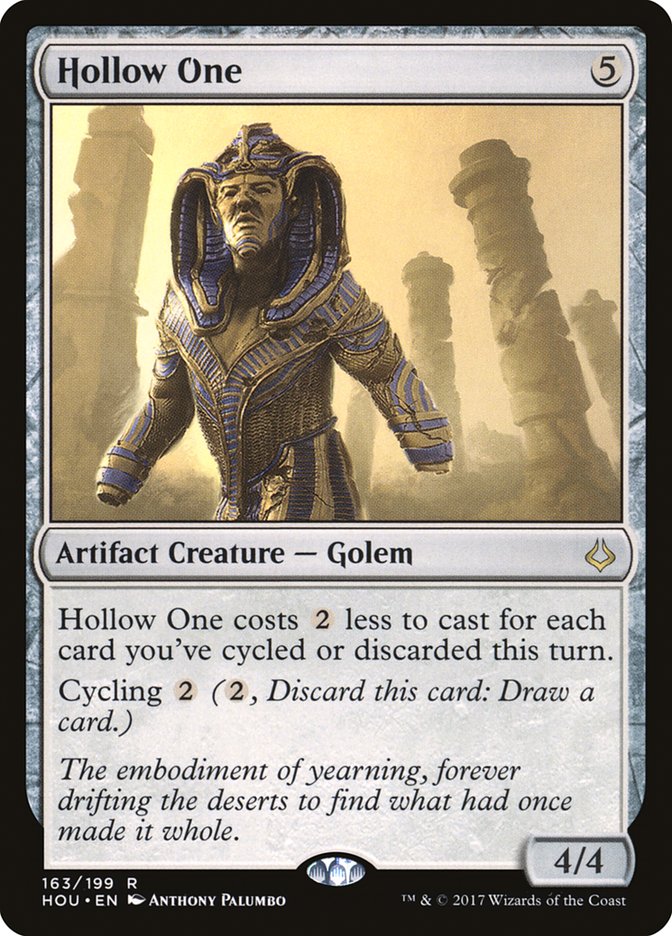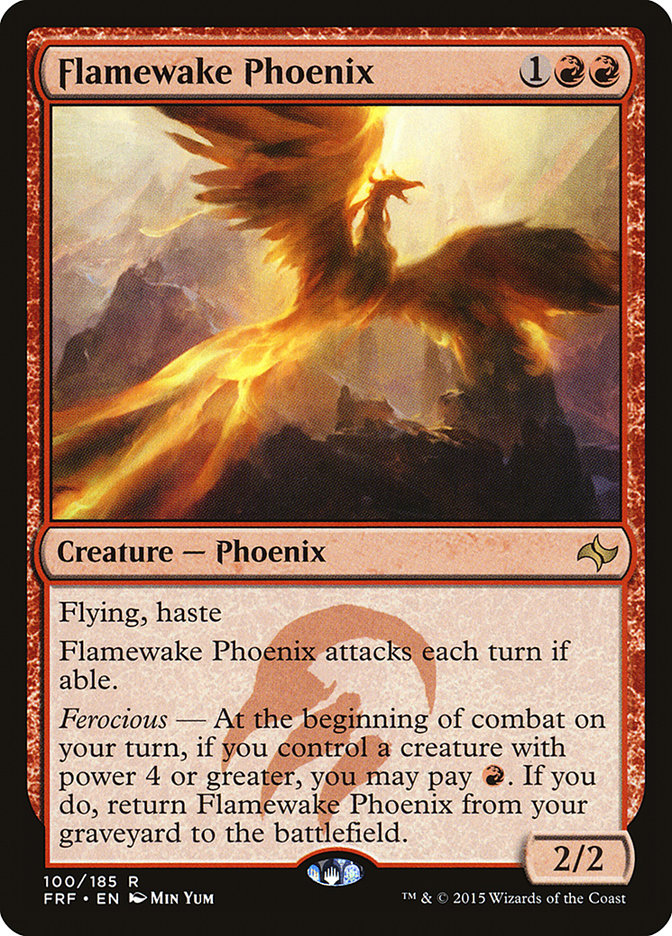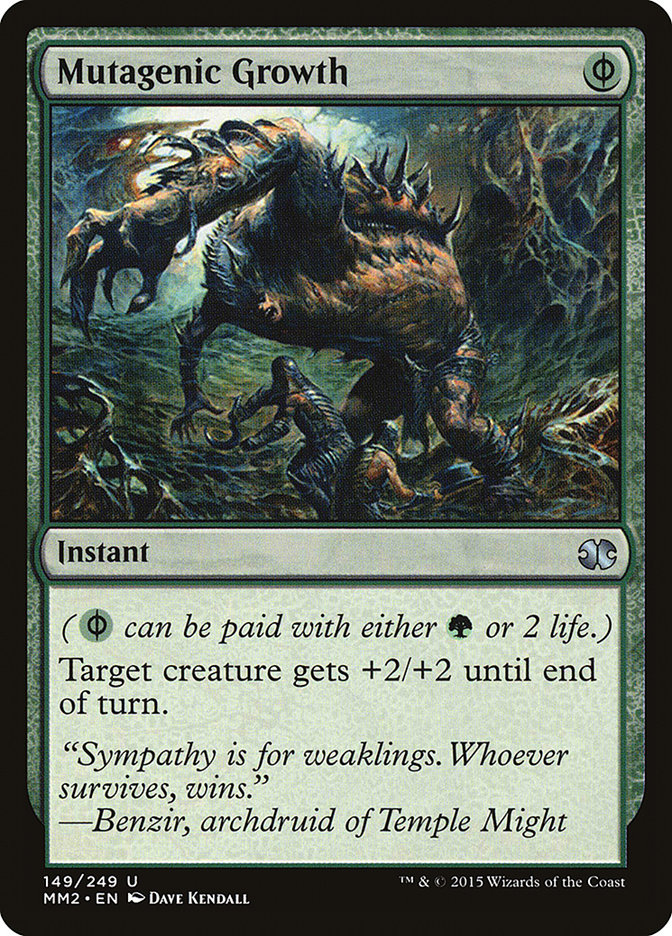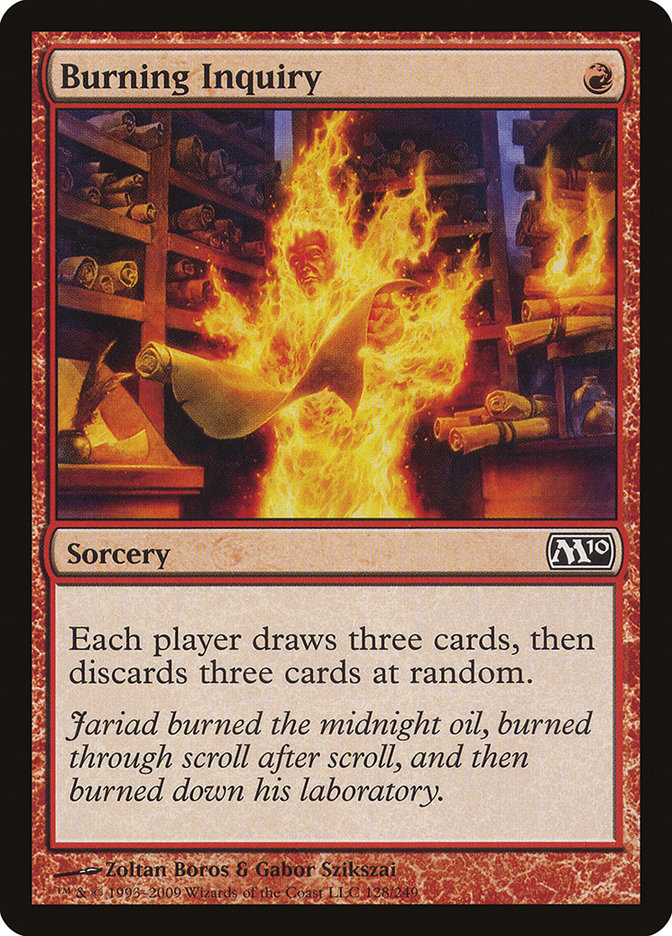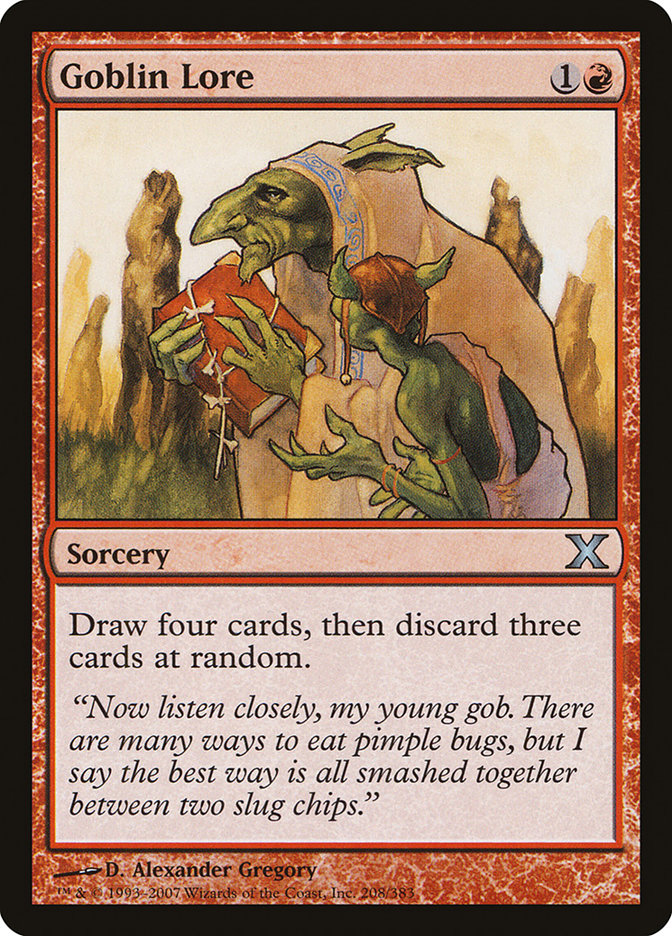I haven’t been in the trenches playing real life high level tournaments
since Grand Prix Milwaukee a month ago, but that doesn’t mean I’ve been
slacking off. Quite the contrary in fact, as I’ve been sitting at home
studying the results, coverage, and trends. I actually watched every minute
of televised coverage from SCG CON Winter and while I realize I have
incentive to be positive here, my honest opinion is the quality of coverage
produced during that event was incredible. My boss has my back on this one
– I messaged Cedric Phillips in real time to show my enthusiasm and express
how impressed I was with the show they put on. The quality of production
was unmatched, but that’s not the same as saying it’s one of the better
tournaments I’ve ever watched.
The reason? Krark-Clan Ironworks.
I don’t believe KCI is too good, but I’m under
the impression it should not exist in Modern because of how it stretches
the rules and how much time it takes to combo off. In the meantime I will
probably continue to play it because I enjoy it.— Brian
Braun-Duin (@BraunDuinIt) December
9, 2018
I know this discussion has been ongoing since Ironworks first proved it was
a tier 1 strategy. And while a ton hasn’t changed, I’d like to go public
with the opinion that the card Krark-Clan Ironworks should be banned in
Modern. I don’t believe it’s too powerful individually, but from a
logistical standpoint, it’s a nightmare. I dislike watching coverage of any
match that involves Ironworks since it will culminate in a nonfunctional
hand or a twelve-minute turn without interaction or fun gameplay.
But the thing that bothers me the most is that the deck can literally
create infinite mana and/or infinite cards through loops which are
generated using intricate rules loopholes where you can announce a spell
and overpay using Ironworks to create simultaneous Scrap Trawler triggers
and oftentimes create a gamestate where you pay ten colorless mana for a
Chromatic Star repeatedly to profit cards and mana.
Who needs to pay ten mana for a Chromatic Star anyway?
I’ve had many negative interactions when paired against Ironworks because I
make my opponent slowly and meticulously explain every detail of the combo
as I watch for missed triggers or even illegal actions (which are more
common that you’d expect). When you register a deck this complex, you’re
making a statement that you can complete every game without any Game Rules
Violations, and I hold my opponents to that standard. The upside is a
unique combo deck that makes Modern look very cool. The downside is spikey
tournament players getting paired against some of the new faces brought to
the game from Arena and the spikes explaining in detail complex loopholes
which make absolutely no sense to first time listeners culminating in being
told that they lose.
Speaking of trends, let’s take a brief look at the last three major Modern
events that have happened and how successful Arclight Phoenix has been in
its short time in the format.
Creatures (13)
Lands (18)
Spells (29)

Creatures (12)
Lands (18)
Spells (30)

Creatures (13)
Lands (18)
Spells (29)

Creatures (12)
Lands (18)
Spells (30)

Creatures (13)
Lands (18)
Spells (29)

Spells (30)

Creatures (13)
Lands (19)
Spells (29)

Arclight Phoenix is brand new and it’s everywhere! I knew the card was
good, but even I was surprised just how successful it’s been in a short
amount of time. These results speak for themselves.
That said, I’m no stranger to Arclight Phoenix, and it’s one of my favorite
cards printed in the last few years. It’s incredibly powerful and presents
deckbuilding puzzles which are fun to dig into. Like many, I was also home
watching SCG Baltimore when Ross Merriam won with Izzet Phoenix, and I was
surprised to see the finals of that major event featuring two unique
Arclight Phoenix decks.
My advice to my teammates for Grand Prix Portland last weekend? Play any deck with Arclight Phoenix!
Creatures (20)
Lands (18)
Spells (22)

I’ve played a ton of Hollow One during 2018, and it’s a deck I both have
fun playing and know is tier 1 in Modern. I put it on the shelf recently in
favor of Selesnya Tron because of the rise of Dredge in the metagame. Trust
me – there’s no worse feeling than playing a Burning Inquiry and watching
on helplessly as the opponent randomly discards Stinkweed Imp, Prized
Amalgam, and Bloodghast. It’s a sequence that causes you to lose game 1 the
second you play your first spell, and that alone was enough to scare me off
the deck.
One interesting phenomenon which I did not expect until I playtested this
deck in a few leagues, and something that was a huge benefit overall, was
the misconception that my list of Hollow One was a dedicated graveyard deck
rather than just an all-in hyper aggro deck that can make good use of the
graveyard. I won more games than I lost when my opponent would start with
Grafdigger’s Cage, Leyline of the Void, Nihil Spellbomb, and even Surgical
Extraction, and during Ross’s winner interview at SCG Baltimore, he said
that the best build for an Arclight Phoenix deck is one that’s resilient to
graveyard hate after sideboard, something I agree with wholeheartedly.
Thing in the Ice does this very well for his deck, while Hollow One and
Flameblade Adept do so for mine.
I’ve always felt that Flamewake Phoenix was the weakest card in Hollow One,
and when I sideboard it’s usually one of the first cards I take out, so any
excuse to replace it is more than welcome. When you try to measure the
value Arclight Phoenix has in a deck like this, you shouldn’t let your
imagination get carried away only to be disappointed by the reality of not
having three on the battlefield by turn 2 every game. Instead, you need to
constantly keep in mind how powerful it is versus how powerful your next
option would be. If this isn’t the best Arclight Phoenix deck in the
format, that may be an acceptable tradeoff if instead you have a superior
version of Hollow One that happens to play Arclight Phoenix. My point is it
only must be slightly stronger than the lackluster Flamewake Phoenix to be
a noticeable improvement on the archetype.
This may look like I just shoehorned in four copies of both Manamorphose
and Arclight Phoenix, but that’s because that’s exactly what I did. The
Peach Garden Oath got second place at GP San Antonio 2017 (Unified Modern)
with Reid Duke playing Abzan Death’s Shadow, and that deck will always
remind me that the requirements needed to satisfy synergy aren’t always as
steep as we believe.
Creatures (14)
Planeswalkers (4)
Lands (18)
Spells (24)

This take on Death’s Shadow looks very similar to all the normal looking
versions of Golgari-based decks that Reid is known for, but it accommodates
Death’s Shadow, which lets it have more unfair starts. The way he does that
is by including four copies of both Street Wraith and Thoughtseize and an
unusually large number of fetchlands. His deck was awesome and instrumental
in our strong finish, but the reason I bring it up is that I still believe
the best way to innovate in Modern is to push the limits of traditional
deckbuilding and try to fit all the power without sacrificing consistency.
When we first saw Death’s Shadow decks in Modern years ago, people tried
hard to make it work, even playing Mutagenic Growth as an added way to pay
life.
Does Reid Duke look like a man who would show up with a combat trick in
his midrange deck?
Reid discovered he could have Death’s Shadow with only a few slight
deckbuilding alterations, and I’m trying to accomplish the exact same thing
with my build of Hollow One by enabling Arclight Phoenix without
compromising card quality and playing cards which don’t seem suitable for
Modern play in my estimation (specifically Fiery Temper).
In my first few practice games I did notice immediately that I love
Manamorphose, and it’s not even clear to me that original Hollow One isn’t
improved by adding four copies. I don’t particularly care for the mana
fixing element of it since the build I have now mostly only cares about the
color red, but I look at it as a supplement to Street Wraith as a way to
make my deck even smaller in the hopes that desirable cards, like Hollow
One and Faithless Looting, come up more often. This deck only plays 22
instant and sorcery spells so I can see some concern for its ability to
reliably and consistently play three in a turn, but I will mention that
using fetchlands to thin your deck combined with Burning Inquiry, Goblin
Lore, Faithless Looting, and Street Wraith can and do make it so you draw
Manamorphose more than the average deck does; when you randomly get two in
your hand, you can really feel the power of the unfair hands this deck is
capable of getting.
Did I solve Modern with “Hollow Phoenix”? I don’t know, but what I do know
is Arclight Phoenix is amazing and will reshape the way we play and prepare
for Modern. Finding the deck that wins the most that can also play it is a
top priority for any serious Modern player, and this is where I would
start. I decided to keep the fetchland manabase despite the lack of
interest in other colors simply for the value of deck thinning and its
positive synergy with Bloodghast. I place an immense value on thinning my
deck of one land before I cast a Burning Inquiry, which sees three new
cards, and a Goblin Lore, which can see four.
It’s not uncommon to see almost half your deck with a strategy like this
and over the course of many draw phases, the effect of thinning grows even
stronger. I also like the fetchland manabase paired with the color fixing
of Manamorphose since I can splash anything like Stony Silence or whatever
else I decide is best. I could see Izzet Phoenix becoming enough of the
metagame where I could slip a Steam Vents into my maindeck and sideboard a
few Twisted Image to really make Izzet Phoenix players look foolish for
relying too heavily on Thing in the Ice.
Speaking of Stony Silence, with the rise of Ironworks I felt one of the
easiest splashes was the powerful white enchantment, but I could see any
type of card being a reasonable splash in a deck like this, and I would be
open to the possibility of an affinity sideboard with tons of one-of card
choices and saucy tech all the way through. I’ll provide you with a sample
manabase and sideboard which you can use to customize based on your local
metagame.
Modern can sometimes be all about brewing anyways right? Have fun with it!
Sample Manabase
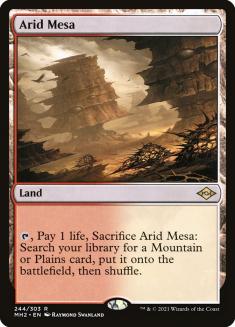

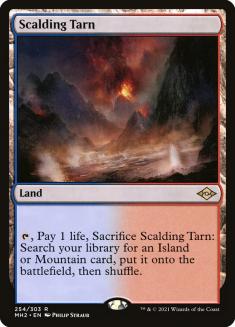

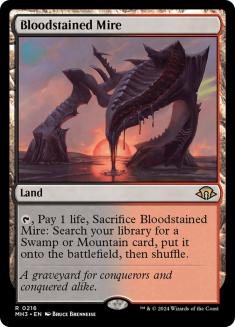


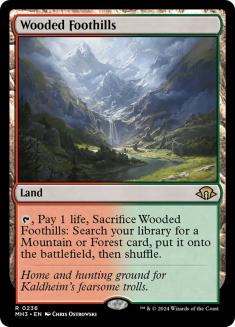






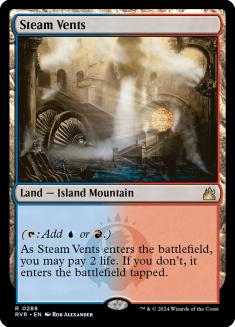
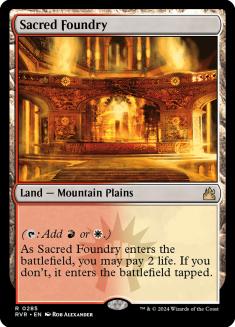
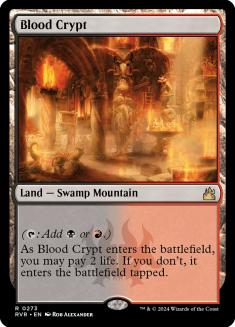
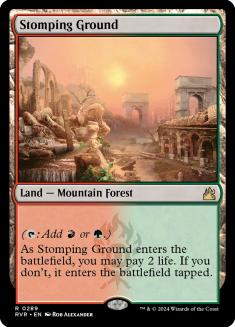

Sideboard Starting Point
